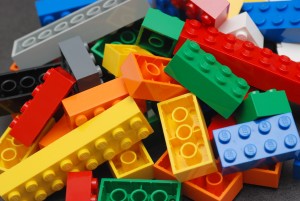 The ease of working with the interconnected bricks by Lego is the big reason the toymaker based in Denmark is one of the largest companies in the sector today.
The ease of working with the interconnected bricks by Lego is the big reason the toymaker based in Denmark is one of the largest companies in the sector today.
However, Lego is on a quest of 15 years in tinkering with such success.
Lego has put together a team to find the bio-based alternative to its plastic that is petroleum based that it has been using for decades. The blocks have become a huge contributor to the carbon footprint of the company.
When the announcement was made, Lego said it was expecting to recruit over 100 specialists in the field of material to find the materials that would be the best alternatives.
Lego during 2012 first outlined its plans to fund alternatives to its current raw materials that are used in the manufacturing of its products, though the statement by the company last month gave much more of a concrete outline to the company’s effort.
It is the Lego bricks first makeover of any kind since 1963, said the company.
This will be a huge step for the Danish LEGO Group on its way towards achieving its ambition in 2030 of sustainable materials, the LEGO Group’s President and CEO Jorgen Vig Knudstorp said when the announcement was made.
Some question if LEGO’s effort will be successful. One online site raised concerns that the Danish toymaker would have problems replicating its successful brick without using its famed formula of plastic that is so successful today.
Along with questioning what the company really means by sustainability, as even Lego has admitted there is not a common definition, the online site said it might make much more sense to make the product’s packaging much more environmentally friendly.
Lego and its sector of the toy industry have been soaring lately. Sales of the sets increased 13% in 2014, and Lego is the best performing sector in the toy industry.
